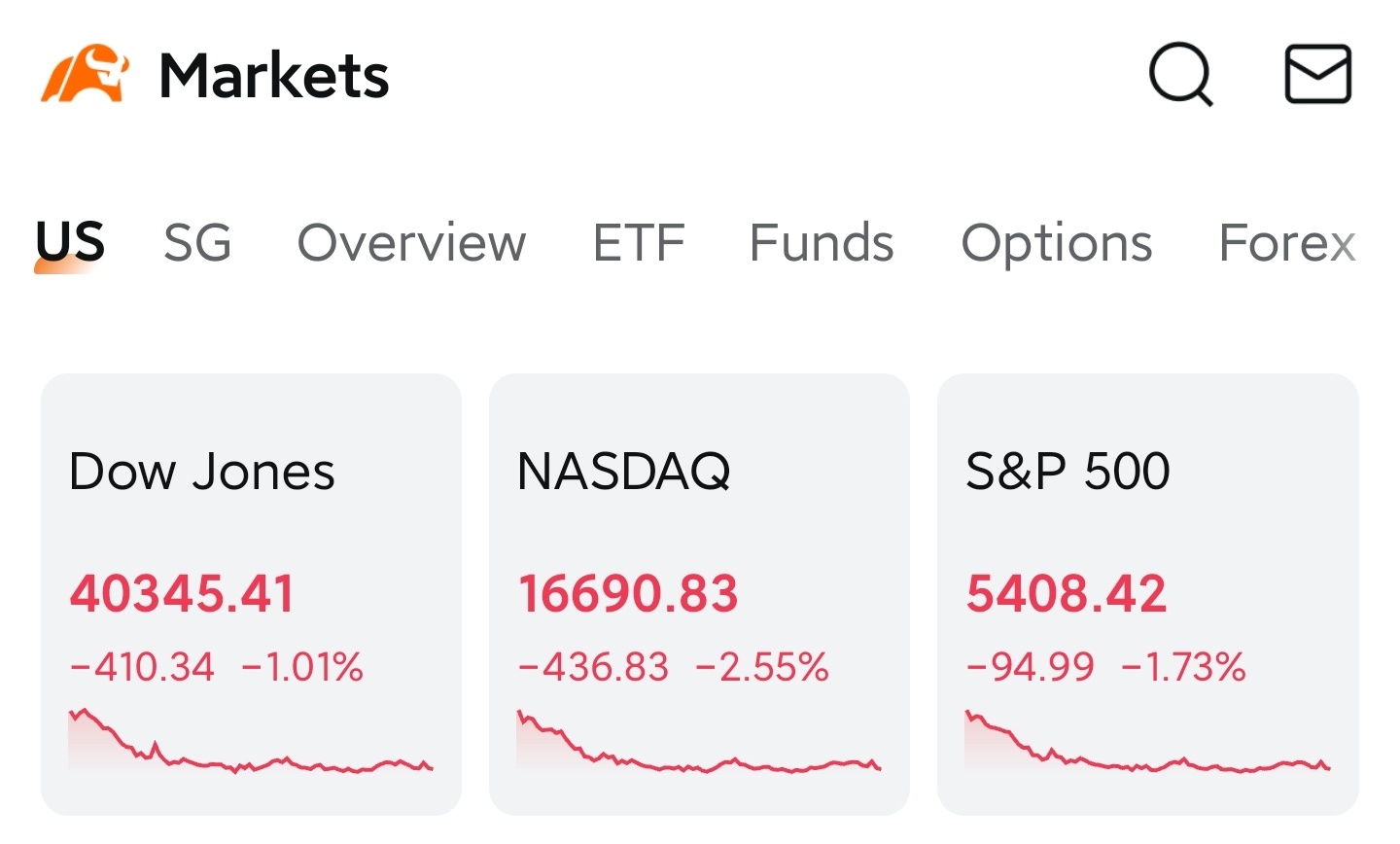NVDA
NVIDIA
-- 135.910 TSLA
Tesla
-- 394.740 AMD
Advanced Micro Devices
-- 116.040 PLTR
Palantir
-- 67.260 AAPL
Apple
-- 236.850 
Source: Moomoo. Sept. 6, 2024.
Image provided is not current and any security is shown for illustrative purposes only and is not a recommendation.
Image provided is not current and any security is shown for illustrative purposes only and is not a recommendation.
Image provided is not current and any security is shown for illustrative purposes only and is not a recommendation.





54088 FROM RWS : wow
Siew lang : Testing the waters
Elijah7 :
104917020 : wow
pokemon pang : good article, learning a lot
Zoooi3 :![undefined [undefined]](https://static.moomoo.com/nnq/emoji/static/image/default/default-black.png?imageMogr2/thumbnail/36x36)
Yowe : lol
103297413 :![undefined [undefined]](https://static.moomoo.com/nnq/emoji/static/image/default/default-black.png?imageMogr2/thumbnail/36x36)
章允量 :![undefined [undefined]](https://static.moomoo.com/nnq/emoji/static/image/default/default-black.png?imageMogr2/thumbnail/36x36)
ATS A trade sniper : hohoho
View more comments...